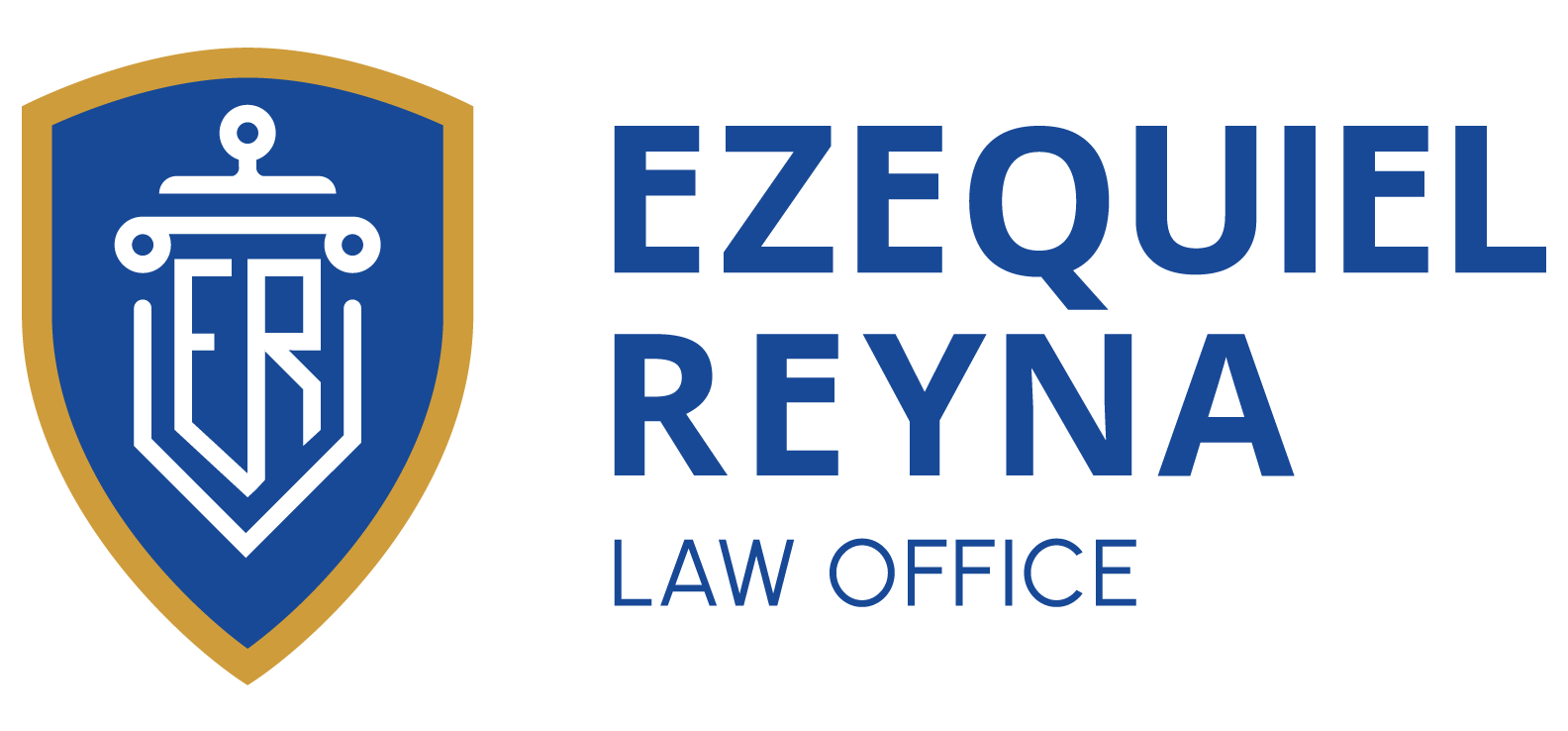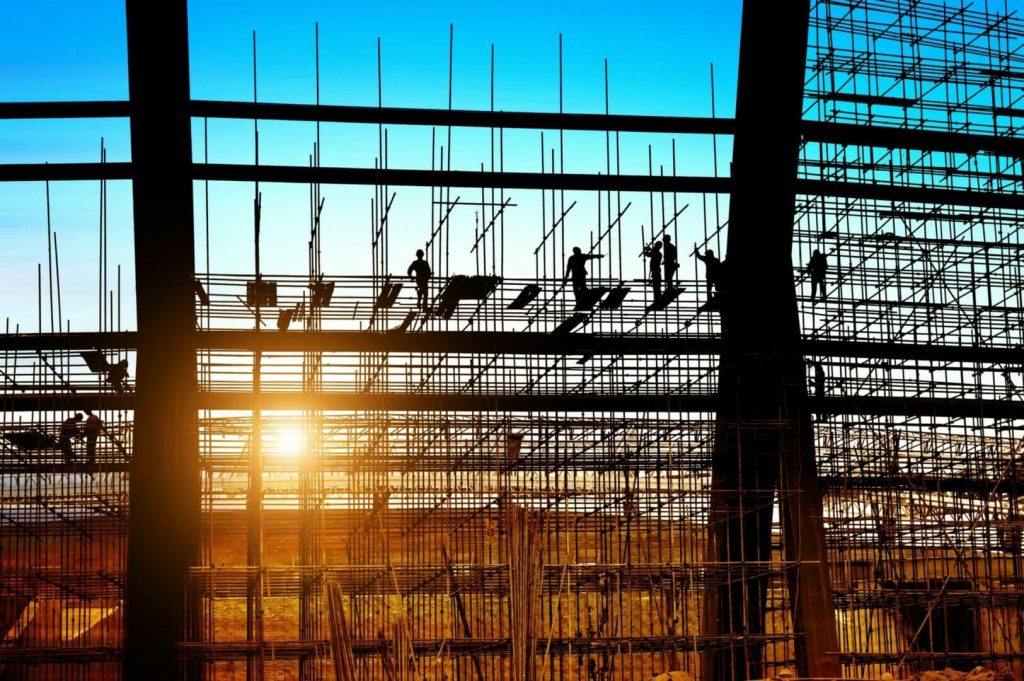While construction sites may be an inherently dangerous place to work, every worker has the right to work in a safe environment. Nearly one fifth of all work-related deaths in the United States in 2019 occurred in the construction industry. Many of these deaths involved a commonly used construction site structure – scaffolding. Scaffolding, an incredibly important and useful tool in construction projects, can be very safe when erected properly, closely inspected, and used with care. This, however, is not always the case, as deaths caused by falling from scaffolding or scaffolding accidents are very common.
Serious scaffolding accidents that cause devastating injuries could be avoided if all construction companies followed the regulations set forth by the Occupational Safety and Health Administration (OSHA). The following tips can also help prevent deadly scaffolding accidents:
Adhere to All OSHA Guidelines
OSHA has detailed regulations that govern scaffolding construction and use. All workers and management must adhere to these guidelines, including how to set up the scaffolding properly, what loads are able to be on the scaffolding, and what worker safety rules must be followed. This is one of the best ways to prevent a serious scaffolding accident from occurring. If workers are unfamiliar with OSHA guidelines, training must be prioritized before building and using the scaffolding.
Inspect the Scaffolding Daily Before Use
Visual inspections of scaffolding structures must be performed on a daily basis, specifically before and after each work shift, to ensure the structure is sound. This regular monitoring can quickly find any imperfections or structural issues that could cause the scaffolding to collapse or cause a serious accident. When inspecting scaffolding, workers should look for defective parts and broken planks that should be discarded and replaced before work starts for the day. Fall protection should also be inspected before use each day. Worn out fall protection should be immediately replaced. If an accident has occurred during the project, before work continues the scaffolding should have a more in-depth inspection to ensure structural integrity.
Build on Stable Ground
Scaffolds should only be built on solid, level ground to ensure its stability. Scaffolding should also be plumbed, with poles, legs, and uprights secured safely to keep the scaffolding from moving. Items that are unstable – including bricks, concrete blocks, and barrels – should not be used for stabilization. When building scaffolding, bent or damaged parts should not be used. All parts used should be in good condition. Extra bracing should be added if necessary.
Know the Capacity
Scaffolding has a limited capacity for loads that all workers should be aware of. Never exceed the amount of weight scaffolds are built to hold. This includes the number of workers who can be on the scaffolding at the same time. It is critical to observe weight limits to avoid a scaffolding collapse.
Use the Required Safety Equipment
Scaffolding requirements include guardrails to ensure worker safety and help prevent workers from falling. Toeboards should also be used when performing work while on a scaffold. Safety harnesses are also essential when using scaffolding. Workers should also wear non-slip footwear, head protection, and any other required personal protective equipment (PPE).
Be Aware of Hazards
Hazards may be on the scaffolding itself or part of the work environment. Do not use the scaffolding structure in heavy wind, rain, or lightning storms. Any unsafe areas should be roped off. If there are tools or other equipment along the scaffold pathways, clear those areas to prevent trips and falls. Space is limited, and keeping items organized and out of the way can prevent serious accidents from occurring. Do not allow anything to fall from the scaffolding. Items falling or being thrown from the structure can hit workers (or pedestrians) below and cause serious injuries. Always use a spotter and a debris chute or hoist when sending items below. If work is being performed at the floor or on a level above you, use overhead canopies to help prevent any falling debris from hitting a worker.
One very dangerous hazard that all workers should be aware of is power lines. Power lines should be at least 10 feet away from a scaffolding structure at all times. If work is required closer to the power line, power should be turned off before that work begins. Electrocution is an extremely painful and devastating experience that no worker should go through.
Proper Training is Essential
Workers constructing or using scaffolds should be properly trained before beginning their work. Each worker must be aware of the specific scaffold design, how to use the scaffold properly, what an inspection of the structure involves, and how to dismantle the structure properly. This is key to preventing accidents. Each worker should also know how to climb and descend the scaffolding in a safe manner, as well as how to use fall protection equipment and PPE.
South Texas Construction Accident Attorneys
Being prepared and following all safety guidelines will help prevent deadly scaffolding accidents and save workers’ lives. If you or a loved one has suffered injuries while on a worksite due to a scaffolding accident, you may be able to file a claim for compensation due to negligence. This is a complicated process and our experienced team of personal injury attorneys can help you navigate your legal options.
If you or a loved one has been injured while working in the construction industry due to a scaffolding accident, contact the Rio Grande Valley workplace accident attorneys of Ezequiel Reyna Law Office today to discuss your case at no cost. There is limited time to act following a scaffolding accident in Texas, so don’t delay.










